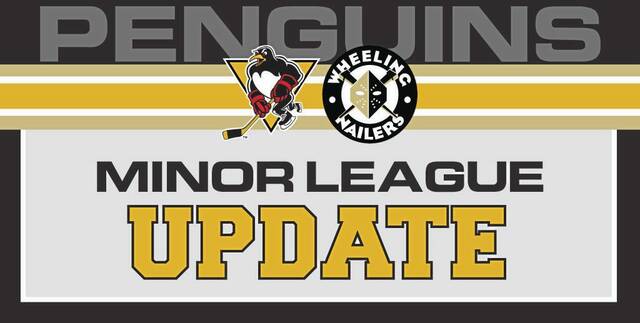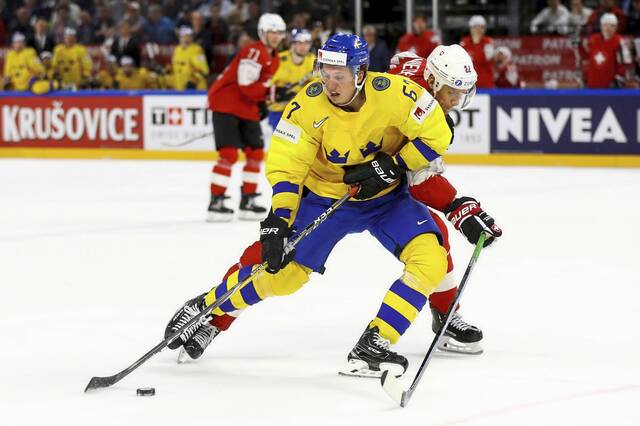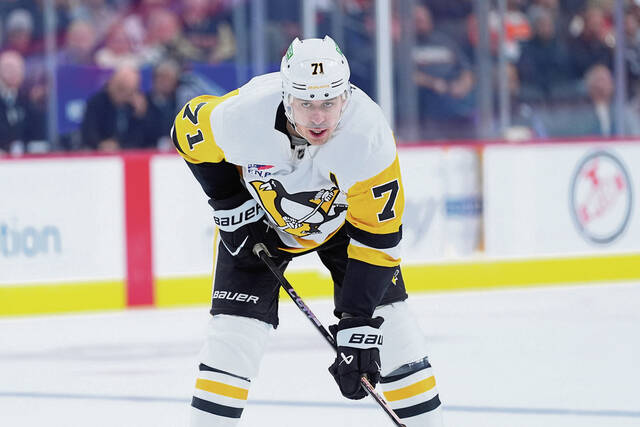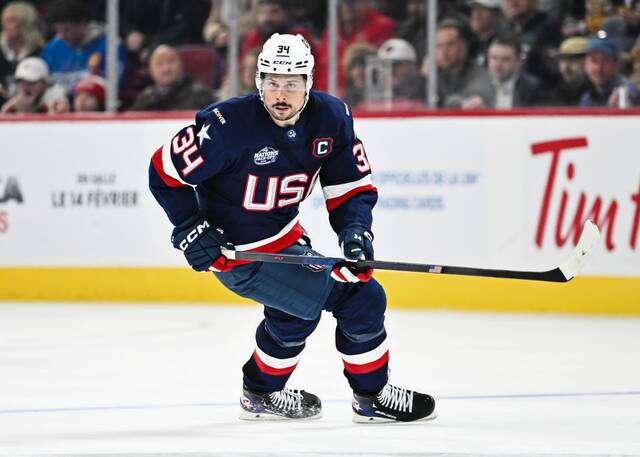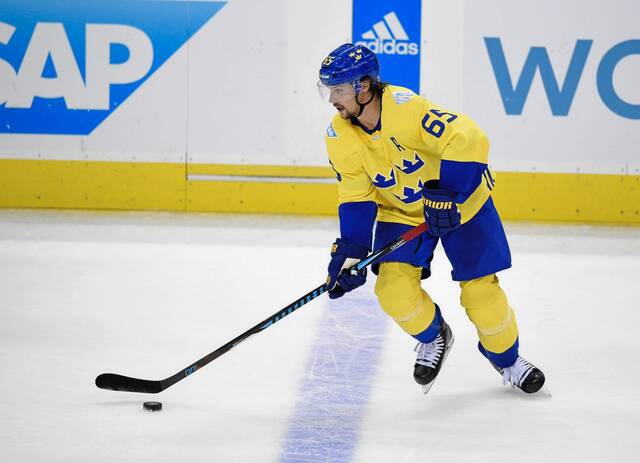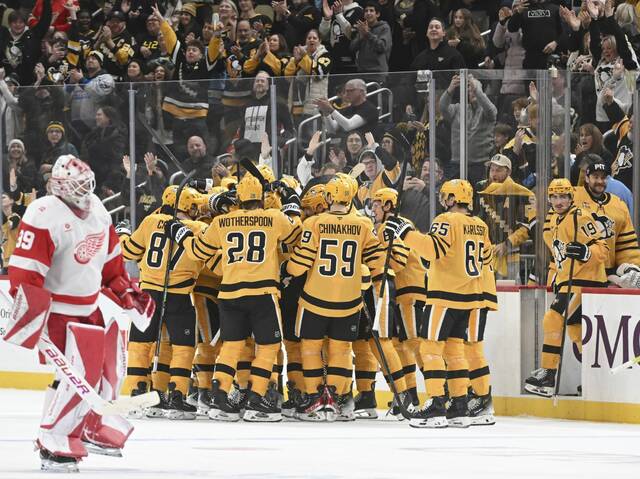In the days immediately following his team’s first-round ouster from the playoffs, Pittsburgh Penguins general manager Jim Rutherford said he needed to take some time to make sure the emotion had faded from the decision-making process before plotting out his offseason plans.
It’s a particularly good idea when deciding whether to trade winger Phil Kessel.
Fans who enjoyed Kessel’s quirky personality made him a cult hero while the Penguins were winning back-to-back Stanley Cup championships in 2016-17. Emotionally, they want him to stay.
Coaches who have tried to get through to Kessel over the years have a different opinion. They find his intractable style of play – offense first with little attention paid to defense or physical play – irritating. Emotionally, they want him to go.
Taking emotions out of the equation, it’s important to identify exactly what Kessel provides to the Penguins and whether they could be a better team without him.
First, there’s no denying he remains one of the most productive offensive players in the game. Kessel is one of 15 NHL players to average a point per game in each of the past two seasons.
While he stumbled through a 16-game goal drought in February, a narrative surrounding Kessel suggested that his production, especially at even strength, was beginning to slow down as he approached his 32nd birthday.
Looking at the numbers, that’s not really true.
His 15 five-on-five goals ranked 79th in the league. His 43 even-strength points ranked 35th in the league. That’s still top-line caliber.
And check out this hard-to-believe stat: Kessel averaged 2.28 points per 60 minutes of five-on-five ice time this season. That’s actually his best rate since joining the Penguins. It was 1.96, 2.01 and 2.16 the previous three seasons.
Add in Kessel’s power-play production, and his offensive resume becomes even more impressive.
Kessel averaged 8.11 points per 60 minutes of power-play ice time. That was fourth-best in the league, trailing only Nikita Kucherov, David Pastrnak and Brad Marchand.
Could Kessel’s power-play production be easily replicated by another player plugged into the same spot on the highly skilled top unit? The Penguins shouldn’t be so quick to assume the answer is yes.
While offensive production is clearly the strength of Kessel’s game, his biggest weakness is just as easy to identify. His play away from the puck is subpar.
When Kessel was on the ice at five-on-five this season, the Penguins gave up 63.4 shot attempts and 35.1 shots per 60 minutes of ice time. The only regular forward on the team with poorer shot-suppression stats was Matt Cullen, who was, by far, the player on the roster who received the most defensive-zone starts.
Leaving the numbers out of it, the anecdotal evidence of Kessel’s defensive deficiencies is significant as well. Kessel was on the ice for 13 shorthanded and five overtime goals against this season, and many of them could be directly attributed to his offensive recklessness or defensive indifference.
Kessel’s flaws could be easily overlooked when he was clicking with Evgeni Malkin like he did in the 2016-17 season. That year, counting regular season and playoffs, the Penguins outscored their opponents 49-26 at even strength when Malkin and Kessel were on the ice together.
The past two seasons, that magic has been gone. This year, the Penguins were outscored 42-33 when Malkin and Kessel were on the ice together.
Add up all Kessel’s strengths and weaknesses and the calculation the Penguins must do this summer becomes clear.
If they trade Kessel, the return they receive (or the player they sign to fill the $6.8 million in cap space such a move would create) has to fulfill two criteria: It must make the Penguins a better team away from the puck and it must create a second-line personnel situation more advantageous than the Malkin-Kessel pairing has been the last two seasons.
That’s far from an impossible task, which is why Kessel trade rumors can no longer be dismissed as click bait.
It’s also far from an easy task, which is why treating a potential Kessel trade as addition by subtraction would be folly.
Note: Stats from naturalstattrick.com and corsica.hockey.



